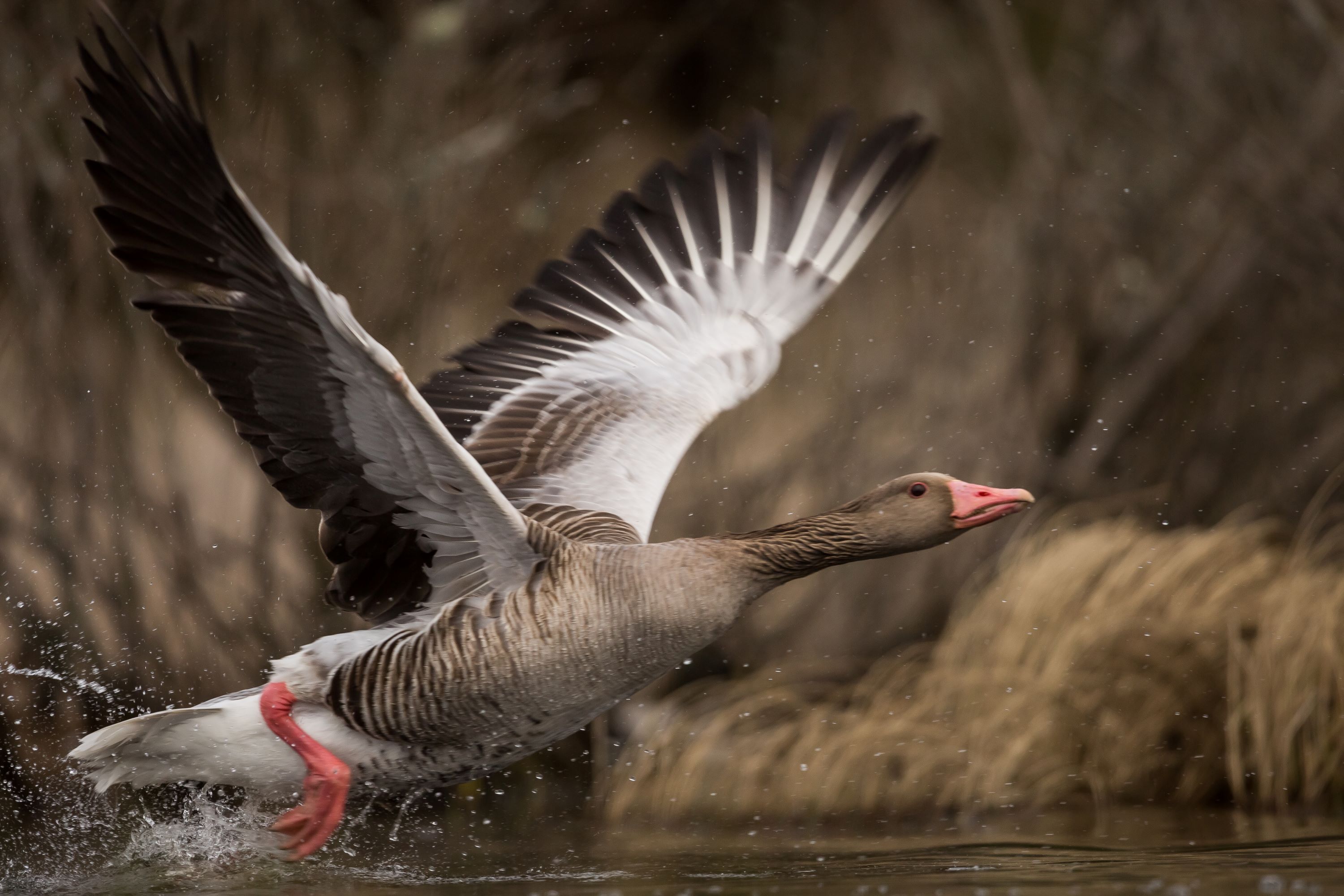
The Genus Anser: A Diverse Assembly of Geese
The genus Anser, a captivating group within the bird family Anatidae, represents a rich tapestry of waterfowl species that varies from the globally recognized to the geographically specialized. This genus encompasses a range of geese, each exhibiting unique characteristics and behaviors that contribute to the diverse ecological narratives of wetlands, grasslands, and migratory pathways across continents. For the Utah Outdoors hiking community, an exploration of the Anser genus offers a deeper appreciation of the avian diversity encountered in Utah's varied habitats and an understanding of the broader ecological connections these birds represent.
The Genus Anser: A Detailed Overview
Anser, a significant genus within the Anatidae family — which includes all ducks, geese, and swans — is distinguished by several key characteristics that define its member species. Geese of this genus typically possess a larger body size compared to their duck counterparts, with elongated necks that facilitate their grazing habits. Their powerful flight capabilities are a testament to their migratory nature, often traversing vast distances between breeding and wintering grounds, a testament to their remarkable endurance and navigational skills.
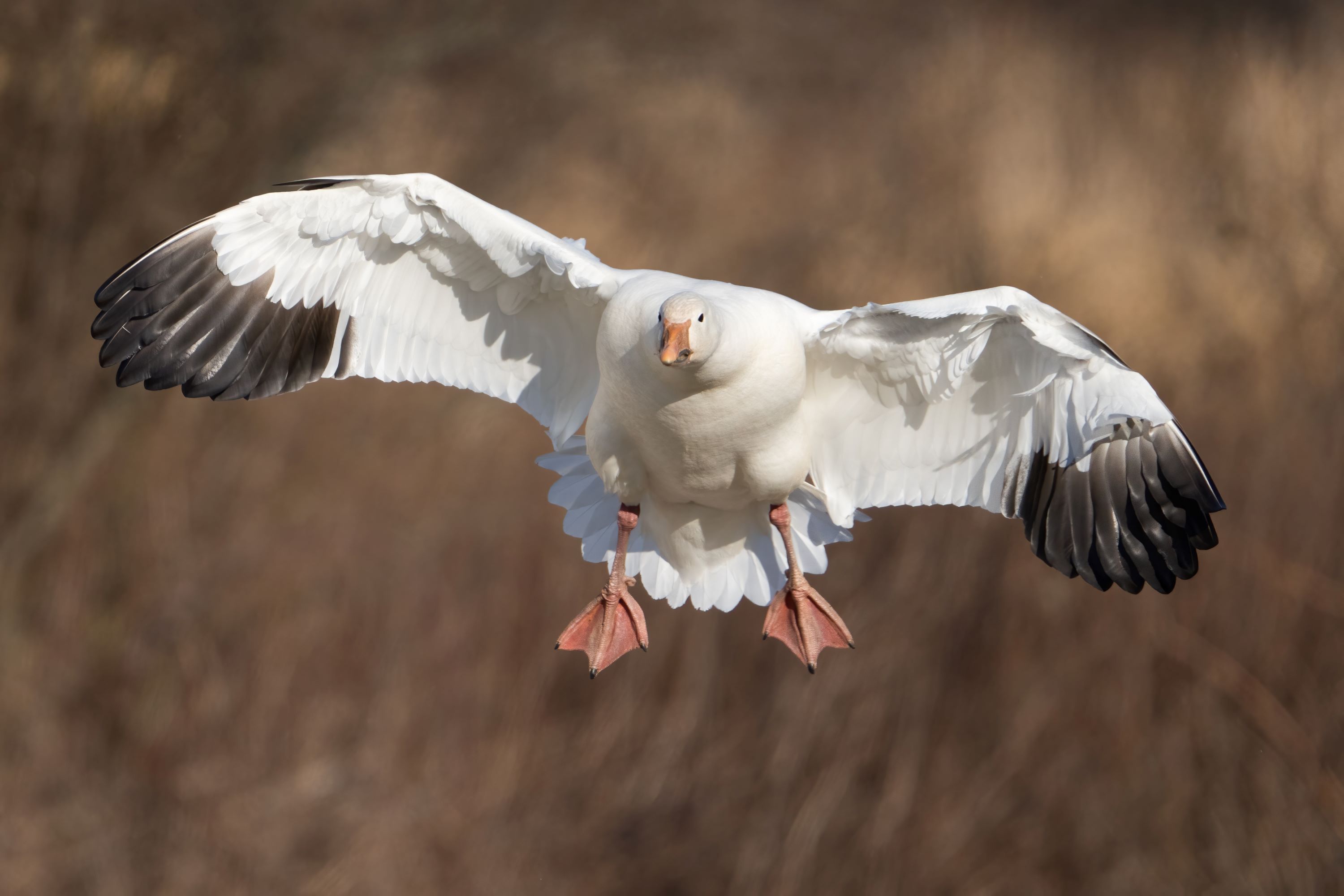
Feeding Habits and Ecosystem Roles of Anser Geese: A Symbiotic Relationship with Their Habitats
Members of the Anser genus, primarily herbivorous, exhibit complex feeding behaviors deeply intertwined with their natural habitats, underscoring their vital role in various ecosystems. These geese predominantly feed on a diverse array of plant-based diets, ranging from grasses found in open fields to sedges in marshy wetlands, as well as a plethora of aquatic plants that thrive in the shallow waters of lakes and ponds. This varied diet is essential not only for their nutrition but also plays a crucial role in the ecological balance of their habitats.
Grasses, a staple in the diet of many Anser species, are grazed upon in both wild grasslands and agricultural fields. This grazing activity is more than mere feeding – it's a form of natural landscaping that contributes to the maintenance of grassy habitats, preventing overgrowth and promoting biodiversity. In wetlands, their consumption of sedges and other aquatic vegetation is equally significant. By feeding on these plants, Anser geese help control plant growth, ensuring that waterways and marshlands do not become overly congested with vegetation, which can lead to decreased water quality and habitat degradation.
Moreover, their feeding habits contribute to nutrient cycling within these ecosystems. As they feed and move across different areas, they aid in the dispersal of plant seeds and the fertilization of the soil with their droppings, which are rich in nutrients. This process not only facilitates plant growth but also supports the broader ecological community, including various insects, birds, and aquatic life that depend on these habitats.
The specific dietary preferences of Anser geese also influence their habitat selection. These birds are often found in environments that offer abundant food sources as per their dietary needs. Consequently, their presence in wetlands, grasslands, and agricultural fields is not arbitrary but a direct result of seeking environments that support their grazing habits. This relationship between their feeding behavior and habitat choice highlights the interconnectedness of Anser geese with their ecosystems and underscores their role as ecological engineers in sustaining and shaping the landscapes they inhabit.
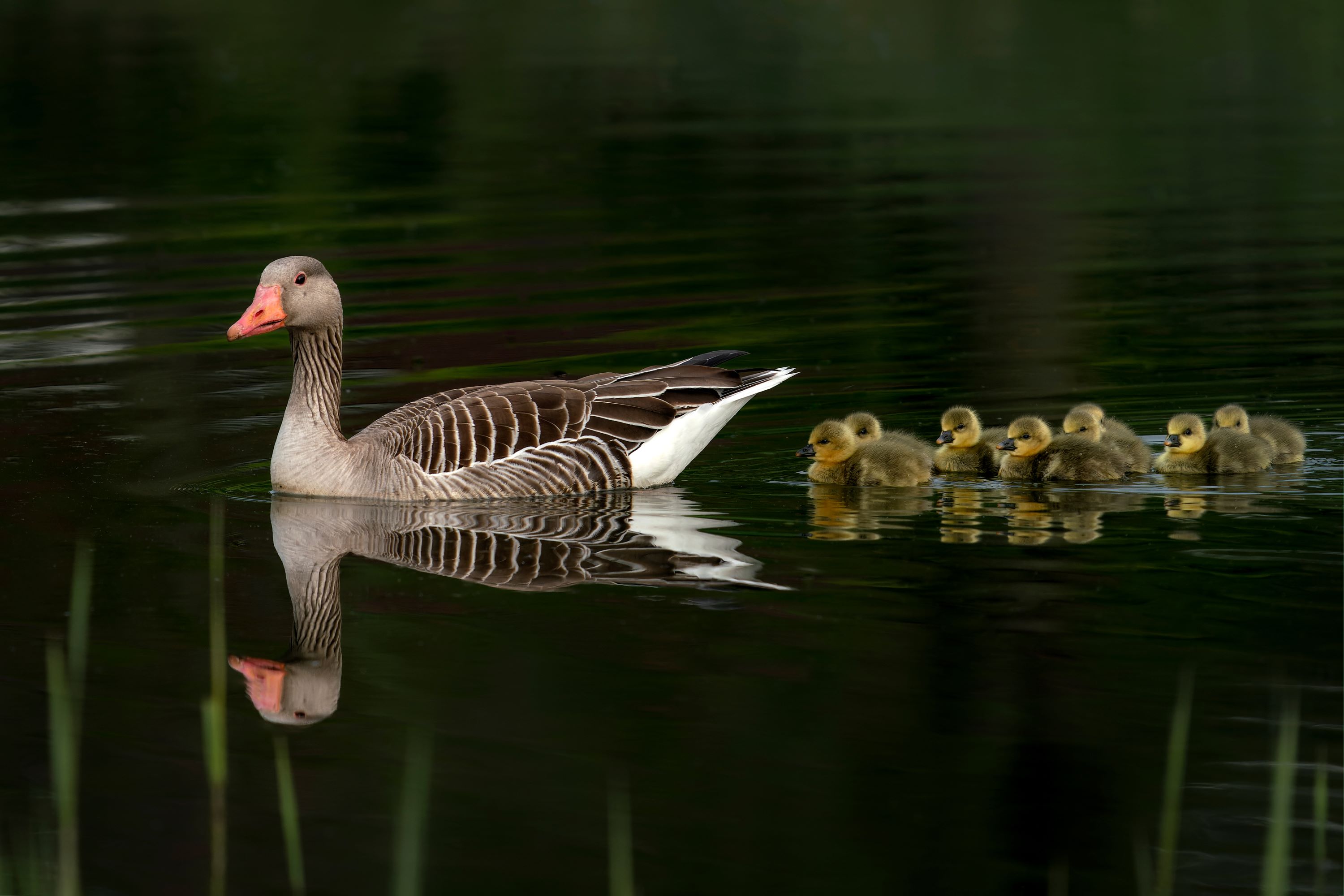
"Monogamy and Cooperative Parenting: The Social and Reproductive Dynamics of the Anser Genus"
The reproductive and social dynamics within the Anser genus are distinguished by intricate behaviors and enduring pair bonds, forming the cornerstone of their communal interactions. In these species, monogamy is not merely a seasonal phenomenon but often a lifelong commitment, creating stable and cohesive family units that are essential for successful reproduction and offspring survival. This enduring partnership between mates is characterized by a series of elaborate courtship rituals, which reinforce these bonds and are a hallmark of their social structure.
Once paired, both male and female geese share responsibilities that are crucial for the continuation of their lineage. This cooperative approach is evident in the meticulous construction of nests, often built with grasses, reeds, and feathers in well-chosen locations that offer safety from predators and proximity to food sources. The nest not only serves as a cradle for their young but also as a testament to the pair's joint effort in creating a secure environment for their offspring.
During the incubation period, both parents play active roles. While the female typically spends more time warming the eggs, the male stands guard, vigilantly protecting the nest from potential threats. This division of labor ensures the safety and viability of the clutch. Once the eggs hatch, the precocial goslings emerge, equipped with the ability to walk, swim, and feed themselves almost immediately. However, this early independence does not diminish the importance of parental care.
The extended care provided by both parents is crucial in teaching the goslings survival skills, from identifying food sources to navigating migratory routes. The first few months of life are a critical period during which the goslings learn through observation and imitation, under the watchful eyes of their parents. The family group often remains together until the next breeding season, fostering a strong familial bond and providing the young with the necessary guidance and protection.
In summary, the reproductive and social behaviors of Anser geese encapsulate a complex web of interactions that revolve around strong, enduring pair bonds, cooperative parenting, and a nurturing environment for the growth and development of the young. These behaviors not only ensure the survival of individual offspring but also contribute to the stability and continuity of Anser populations, reflecting a sophisticated and adaptive social structure within the genus.
Species Found in Utah
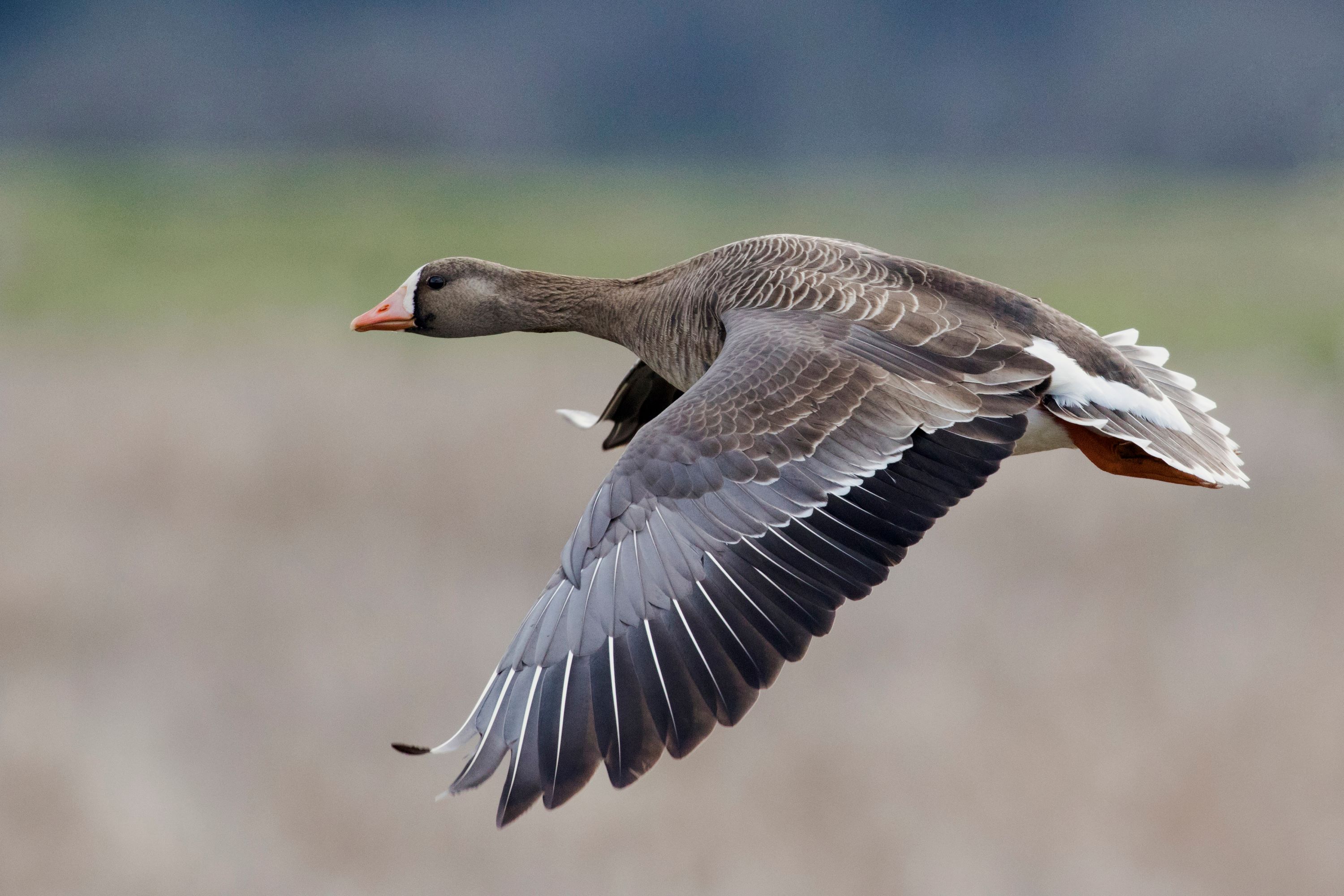
Greater White-fronted Goose (Anser albifrons)
In Utah, the Greater White-fronted Goose (Anser albifrons) is considered a rare and noteworthy sight, observed only in small numbers each year. These geese, with their distinctive white facial patch and speckled underbelly, grace Utah’s landscapes primarily during their migration in the fall and spring. Their presence in the state is sporadic, often recorded in wetlands, agricultural fields, and around lakes, where they stop briefly to rest and forage. Due to their infrequent visits and the small size of the groups that pass through, spotting a Greater White-fronted Goose becomes a special event for Utah’s birdwatching community. These sporadic appearances add a layer of excitement to birdwatching in Utah, as enthusiasts and naturalists eagerly await the chance to observe and document these rare visitors. The Greater White-fronted Goose’s presence, though fleeting, highlights the diversity of migratory birds passing through Utah and underscores the importance of maintaining diverse habitats to support a range of migratory species.
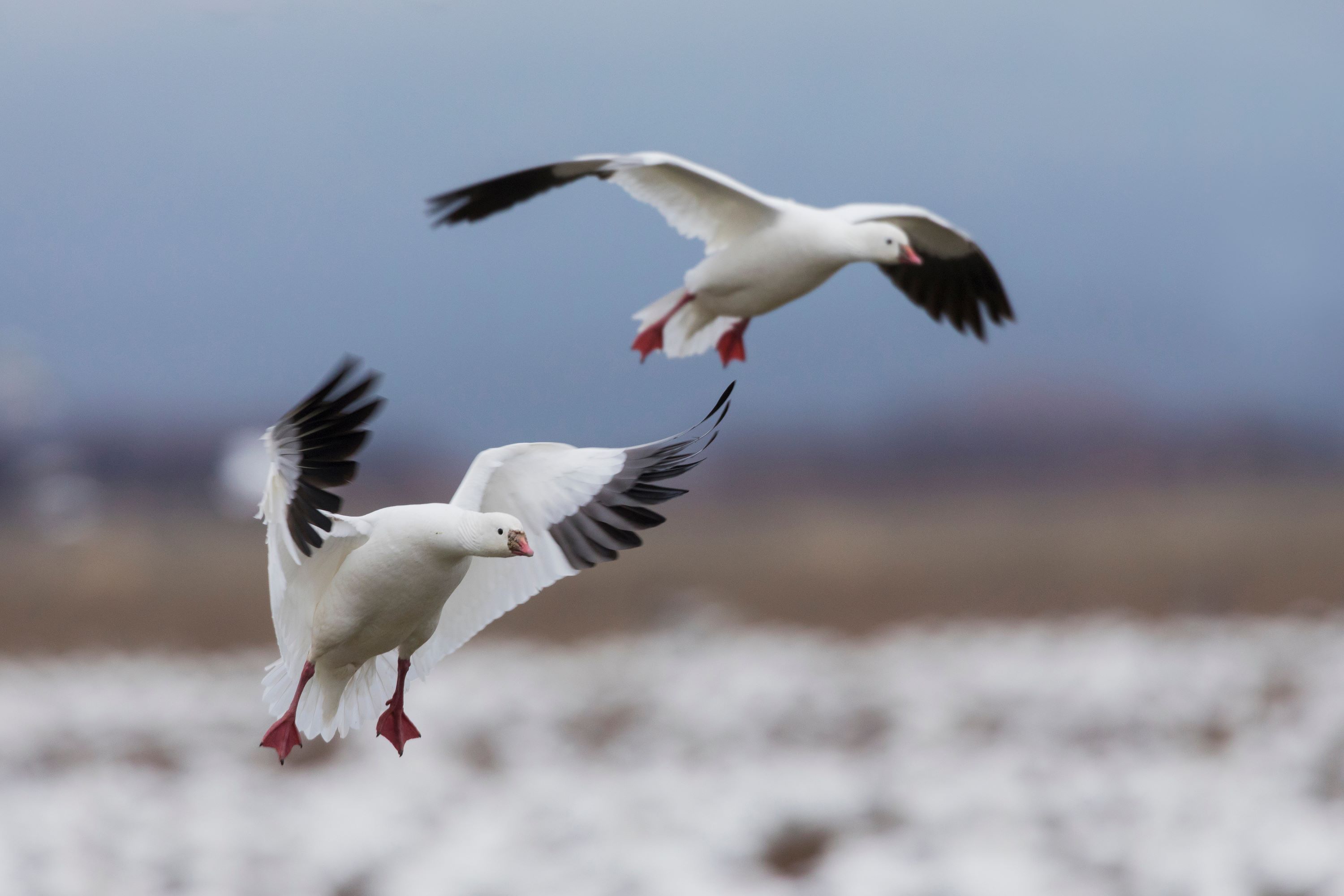
Ross's Goose
In Utah, the Ross's Goose (Anser rossii), a smaller and somewhat lesser-known cousin of the Snow Goose, graces the state’s wetlands and agricultural fields, particularly during its migratory passages in the fall and spring. This species, identified by its diminutive size, white plumage, and stubby bill, can often be found mingling in flocks with the larger Snow Geese, especially in areas like the Gunnison Bend Reservoir near Delta, which has become a notable hotspot for witnessing these birds. The Ross's Goose's presence in Utah, although not as abundant as some other migratory species, adds a unique element to the state's birdwatching tapestry. During their stay, these geese can be observed foraging on leftover grains in agricultural fields and resting in local wetlands, offering bird enthusiasts and nature lovers a chance to observe their social behaviors and feeding habits. The migration of Ross's Geese through Utah is a subtle yet significant part of the region's ecological cycle, reflecting the broader patterns of avian migration and the interconnectedness of North American wildlife corridors. Their annual visits, though brief, are eagerly anticipated by the birdwatching community and contribute to the state's rich biodiversity.
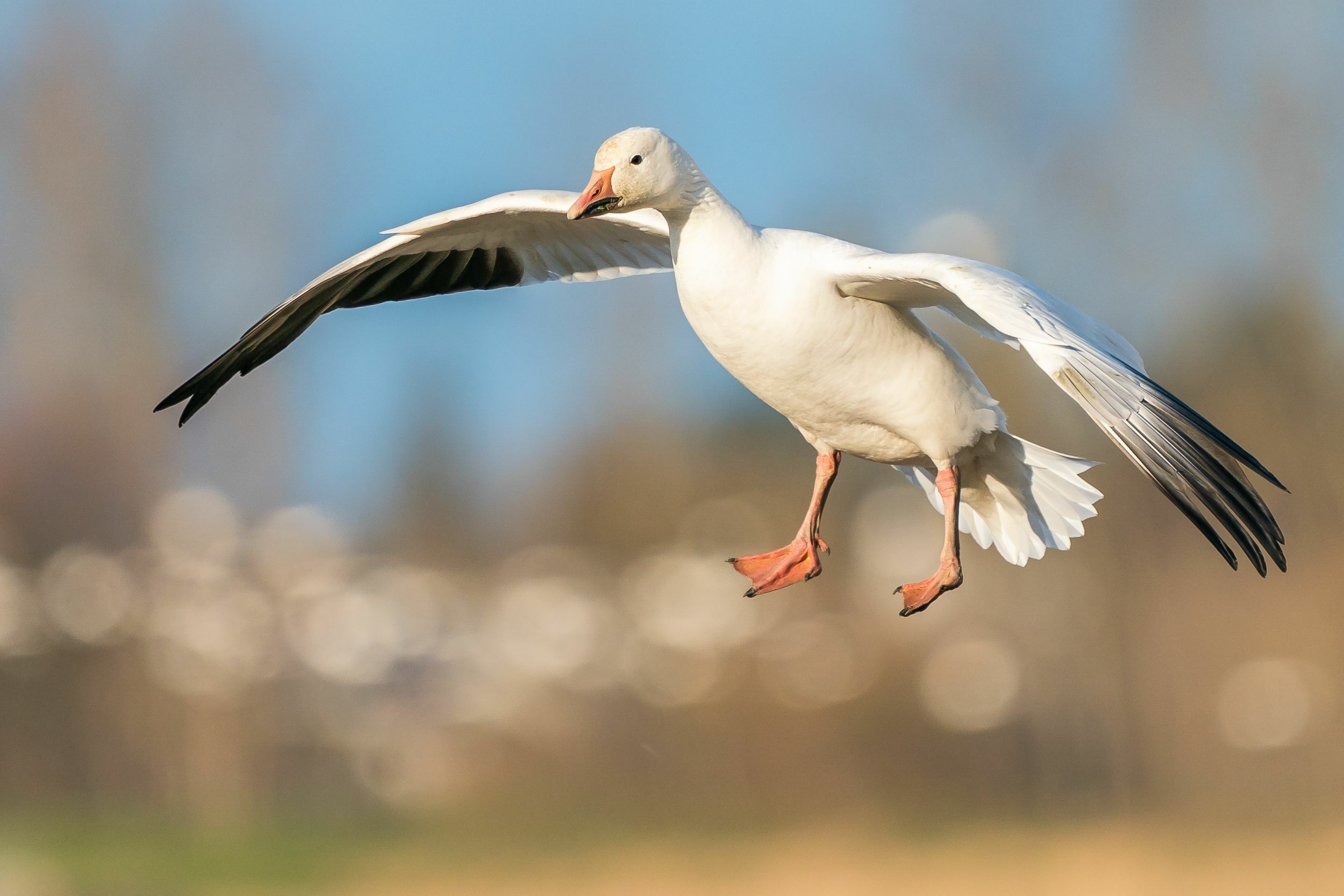
Snow Goose
In Utah, particularly near Delta, the annual migration of the Snow Goose (Anser caerulescens) is a remarkable natural event, drawing birdwatchers and nature enthusiasts to witness this spectacle. These birds, known for their pristine white plumage and contrasting black wingtips, congregate in large numbers around the Gunnison Bend Reservoir and other nearby wetlands during their migration in late fall and early spring. This area becomes a temporary haven for the geese, offering abundant feeding opportunities in the surrounding agricultural fields and wetlands. The sight of thousands of Snow Geese taking to the sky in unison, or foraging in the fields, is not only a stunning visual display but also a testament to the importance of the Delta region as a critical stopover point in their long migratory journey. Their presence in such significant numbers highlights the ecological value of this area, providing a unique opportunity for local residents and visitors to observe and appreciate the behaviors and patterns of these migratory birds. The Snow Geese's time in the Delta area is a fleeting but memorable part of Utah's wildlife calendar, embodying the dynamic and ever-changing nature of avian migration.
Species Not Found in Utah
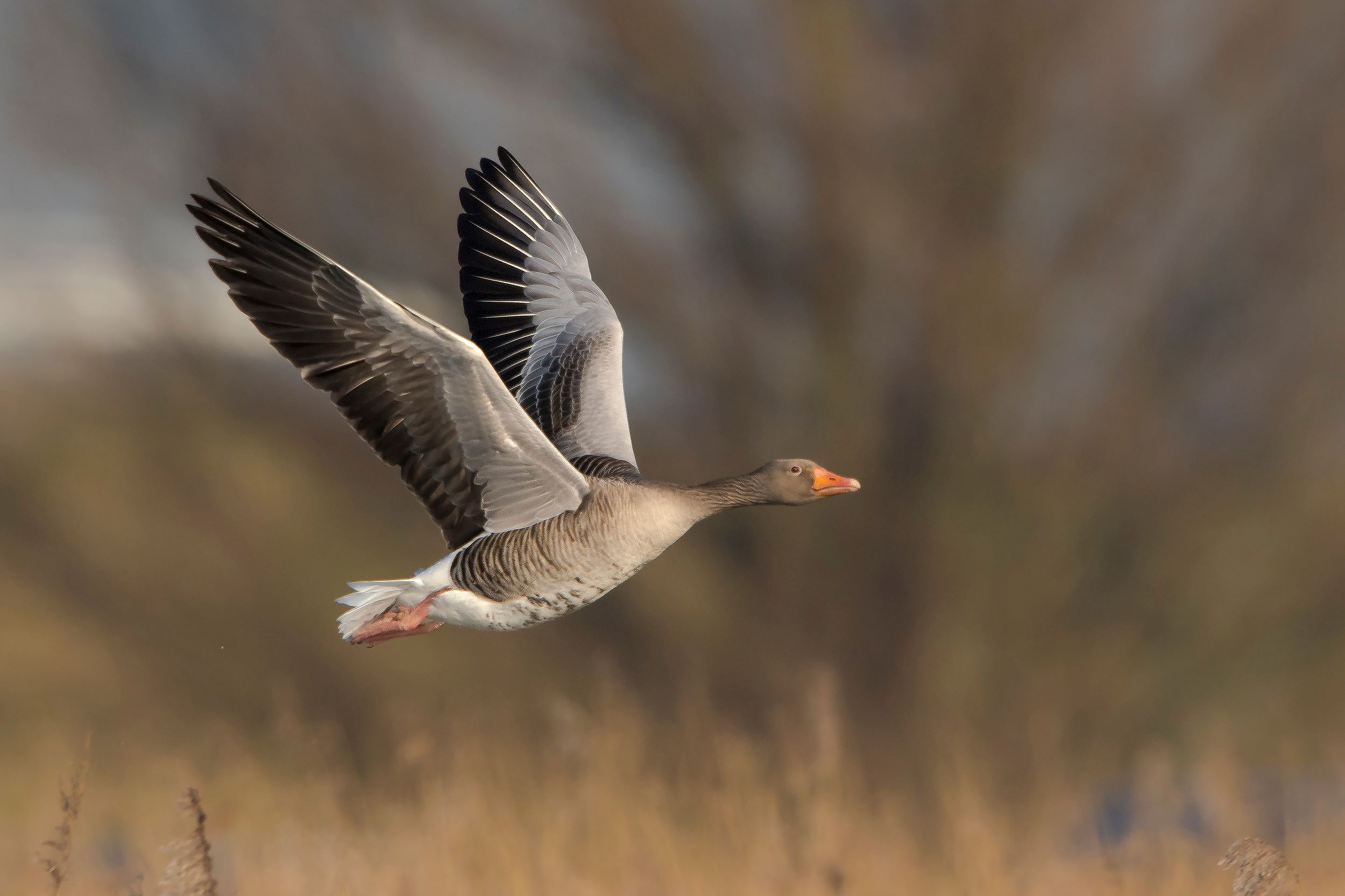
Greylag Goose (Anser anser)
The Greylag Goose (Anser anser), recognized as the ancestor of most domesticated geese, holds a significant place in the waterfowl family for its historical and ecological importance. Native to Europe and Asia, this species is the largest and bulkiest of the Anser genus, easily identifiable by its mottled grey plumage, prominent orange beak, and large, hefty body. Greylag Geese are adaptable birds, inhabiting a variety of wetlands, including marshes, lakes, and rivers, as well as agricultural fields, where they often feed on grasses, roots, and cereal grains. These geese exhibit strong social behaviors, forming large flocks outside the breeding season, and are known for their loud, cackling calls that can be heard over long distances. During the breeding season, Greylag Geese show a high degree of fidelity, with pairs forming long-term bonds and both parents actively participating in nesting and raising the young. The species' migratory patterns vary, with northern populations exhibiting migratory behavior, while those in milder climates are often sedentary. The Greylag Goose’s role in the domestication of geese and its presence across a vast geographical range underscore its ecological adaptability and significance in avian biodiversity.
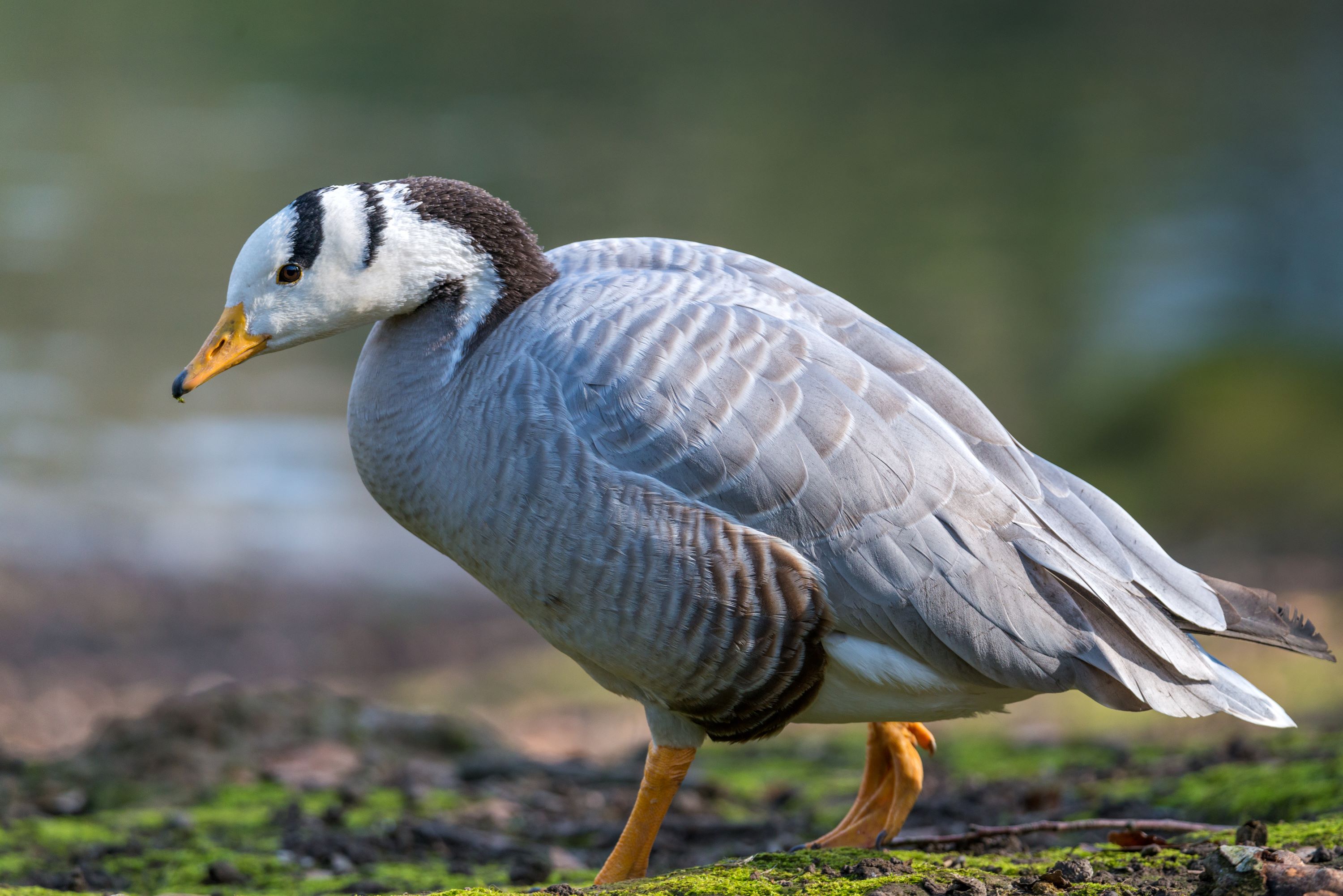
Bar-headed Goose
The Bar-headed Goose (Anser indicus) is renowned for its extraordinary physiological adaptations, enabling it to migrate across the Himalayas at altitudes exceeding 7,000 meters, making it one of the highest-flying bird species in the world. This remarkable feat is facilitated by a unique hemoglobin structure in their blood, allowing more efficient oxygen uptake in thin air, and specialized flight muscles for sustained, powerful wingbeats in the rarified atmosphere. Native to Central Asia, these geese breed in high-altitude lakes in the Tibetan Plateau and winter in the wetlands of India and Myanmar. They are medium-sized geese, distinguished by their striking appearance with two black bars on the back of their heads and predominantly grey and white plumage, accented with a pale neck and a bright orange beak and legs. The Bar-headed Goose’s diet mainly consists of barley, rice, and wheat in their wintering grounds and tubers and grasses during the breeding season. Their unique migratory patterns, which involve crossing the formidable Himalayan mountain range, have not only made them a subject of extensive scientific study but also a symbol of endurance and adaptation in the avian world.
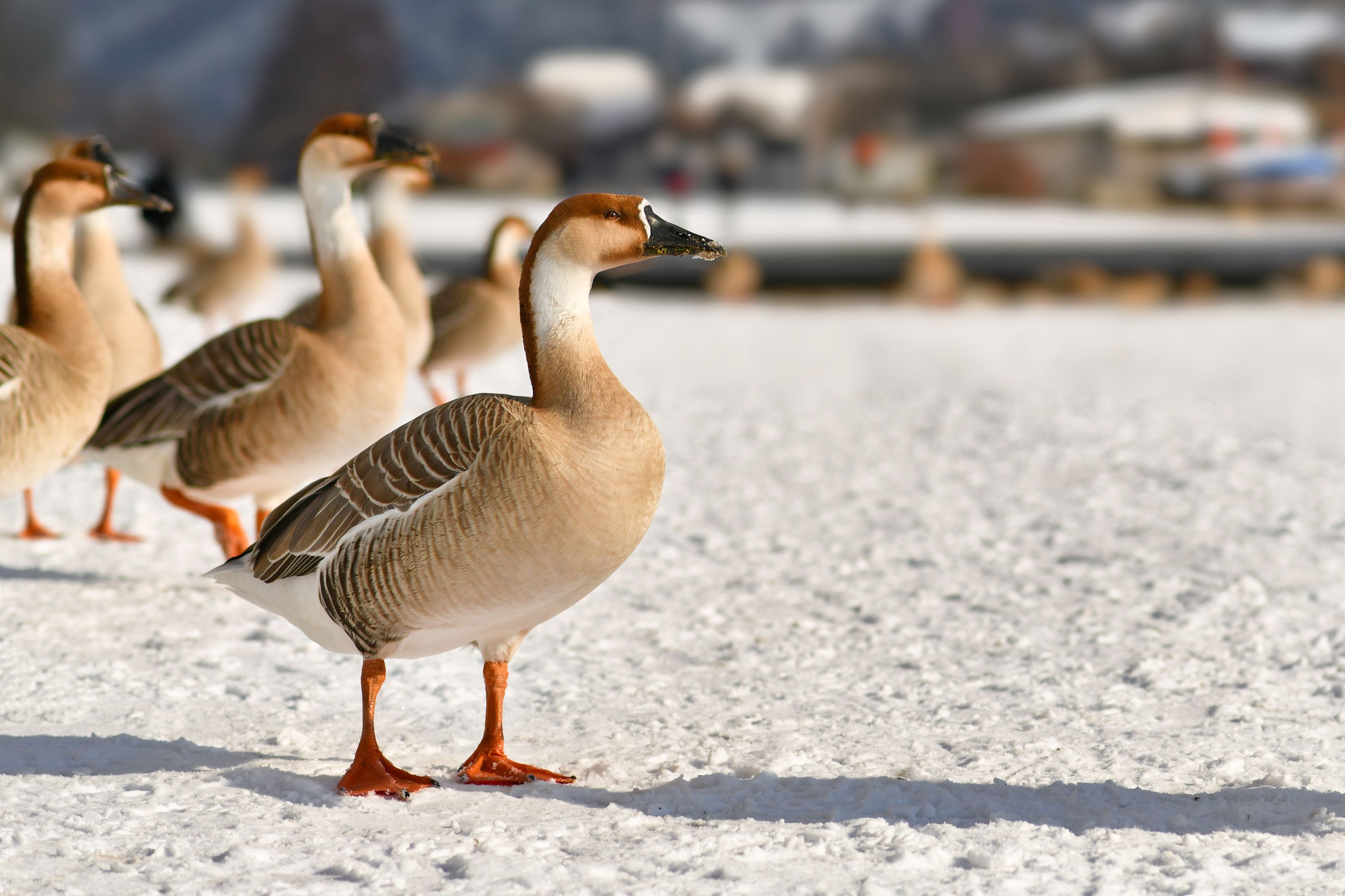
Swan Goose
The Swan Goose (Anser cygnoides), a distinct and elegant member of the Anser genus, is native to eastern Asia, particularly Mongolia, northern China, and southeastern Russia. Distinguished by its long neck and striking plumage – a combination of a dark brown body with a white head and upper neck – the Swan Goose stands out for its graceful, swan-like appearance. This species prefers freshwater marshes, lakes, and rivers, where it forages for a diet primarily composed of aquatic plants, seeds, and occasionally small invertebrates. The Swan Goose is notable for its loud, resonant honking, which is often heard during its breeding season. Breeding mainly occurs in high-altitude wetlands, where females lay eggs in nests built on the ground near water. The Swan Goose has a strong social structure, often seen in small flocks and forming monogamous pairs that last for several years. While currently classified as vulnerable due to habitat loss and hunting pressures, the Swan Goose has been the subject of conservation efforts aimed at preserving its natural habitats and curbing illegal hunting practices. The species’ unique characteristics and the challenges it faces in the wild highlight the importance of wetland conservation in maintaining biodiversity.
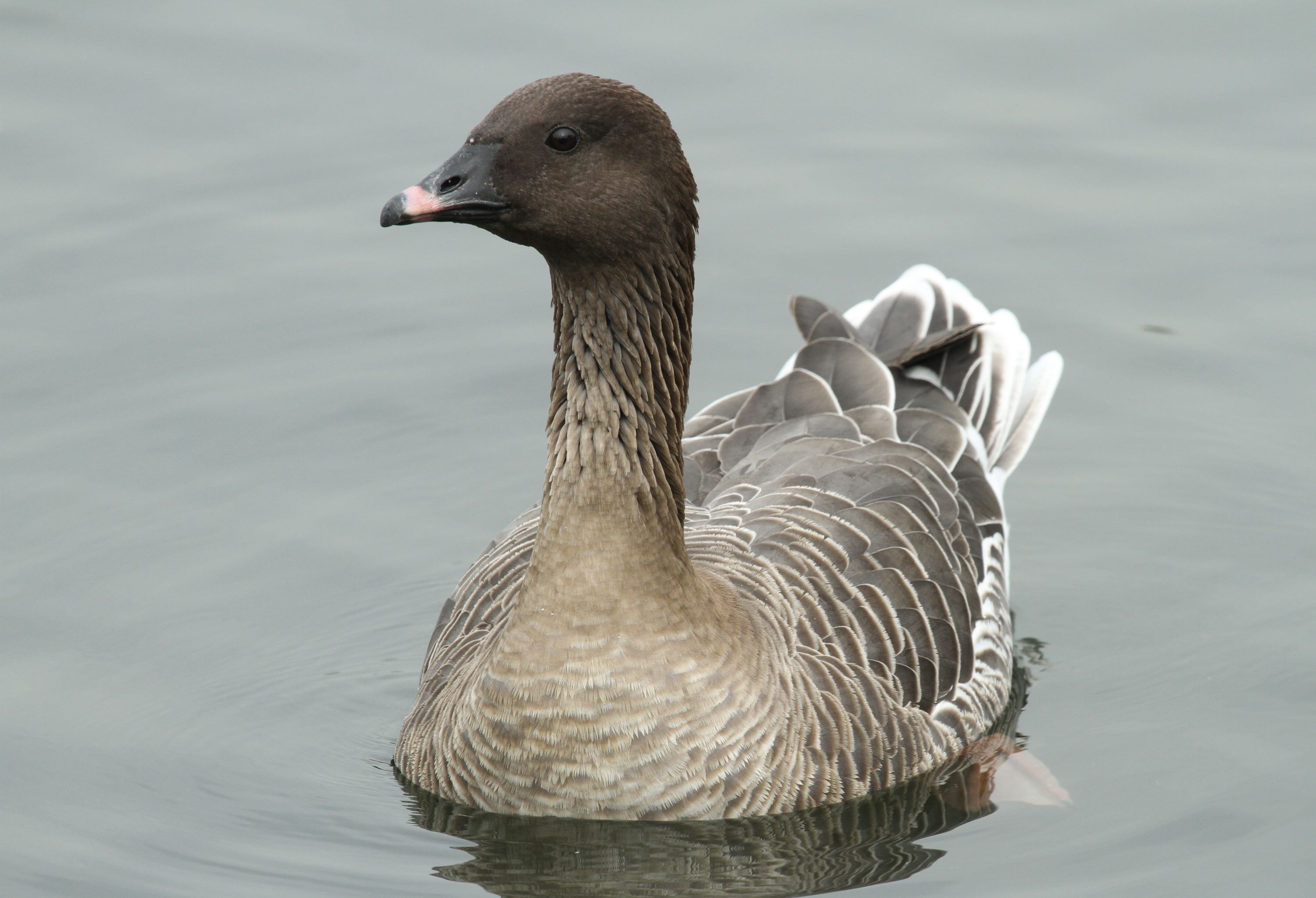
Pink-footed Goose
The Pink-footed Goose (Anser brachyrhynchus) is an intriguing migratory bird renowned for its remarkable long-distance journeys between its breeding and wintering grounds. Originating from the cooler climes of Greenland and Iceland, where it nests in isolated, predator-free tundra and moorlands, this medium-sized goose is distinguished by its characteristic short, pink bill and matching pink legs, contrasted against grey-brown plumage with a lighter underbelly. As autumn approaches, large, cohesive flocks of Pink-footed Geese embark on a formidable migration to the British Isles and Northwestern Europe, showcasing impressive navigational skills and endurance. In these winter havens, they adapt to various habitats, ranging from coastal wetlands to agricultural fields, where they forage on grasses, sedges, and leftover crops, often resulting in agricultural conflicts. Social and vocal outside the breeding season, these geese form large flocks, communicating with a symphony of honks, which becomes a defining sound of their winter landscapes. The Pink-footed Goose’s life cycle, marked by these annual migrations, highlights not only the bird's adaptability and resilience but also the importance of international conservation efforts to preserve critical migratory and breeding habitats essential for the survival of this species.
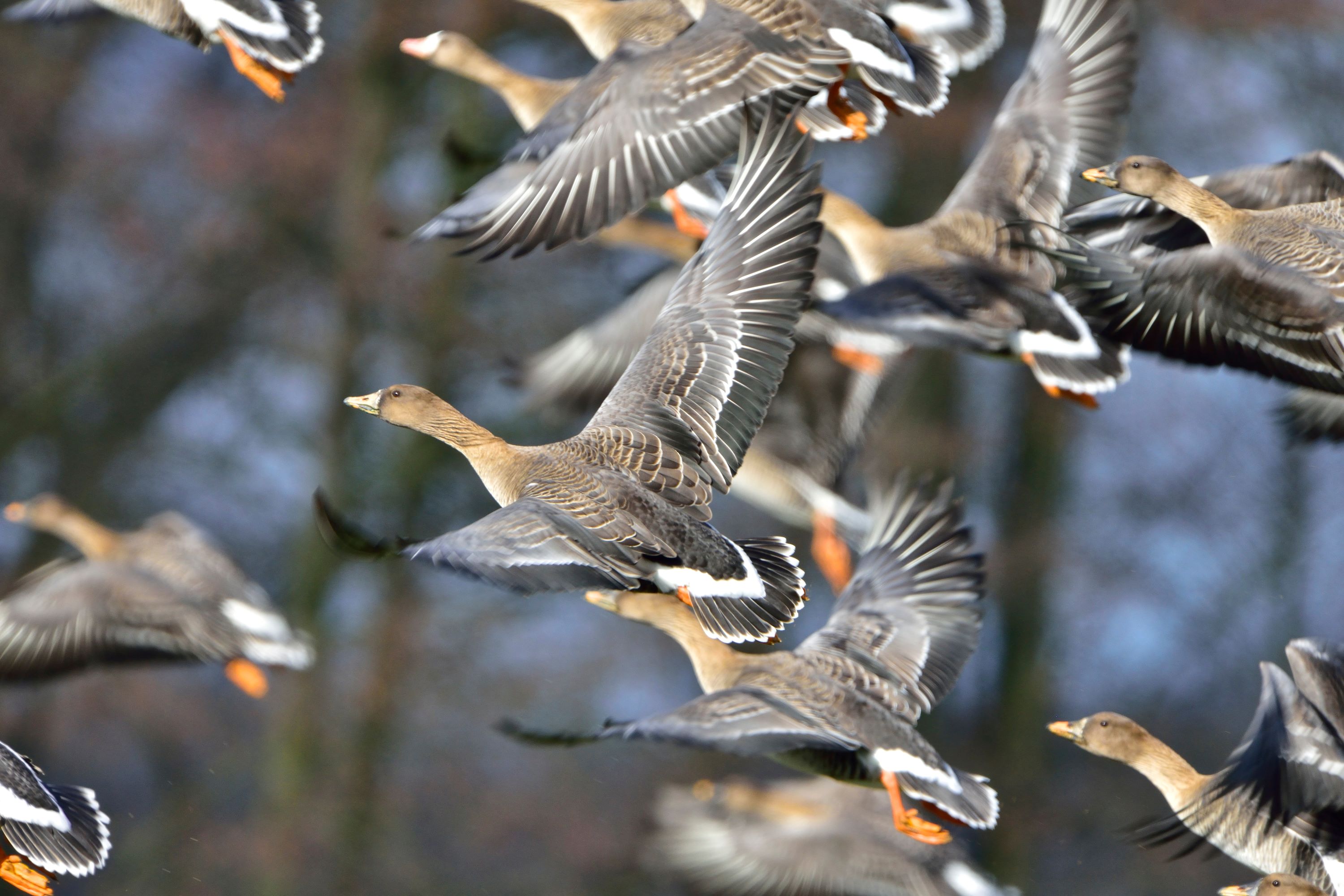
Bean Goose
The Bean Goose (Anser fabalis), a migratory bird within the Anser genus, is a species with a widespread distribution across Europe and Asia, known for its adaptability to various habitats, including marshes, tundra, and agricultural fields. Divided into two main subspecies, the Taiga Bean Goose (A. f. fabalis) and the Tundra Bean Goose (A. f. rossicus), they are distinguishable by subtle differences in size and habitat preferences, with the former breeding in the taiga zone of northern Europe and Asia, and the latter in the tundra regions. These geese exhibit a predominantly brownish-grey plumage with darker heads and necks, and a characteristic orange bill with a black tip. Their diet primarily consists of grasses, roots, and tubers, but during the winter, they often venture into farmlands, feeding on leftover crops such as beans, which is where their name originates. The Bean Goose is known for its significant role in the migratory patterns of the Northern Hemisphere, undertaking long and arduous journeys between their breeding and wintering grounds. These migrations are vital for their survival, ensuring access to food and suitable breeding habitats. Conservation efforts focus on safeguarding these migratory routes and nesting areas to ensure the sustainability of their populations, which are currently facing challenges due to habitat loss and changes in agricultural practices.
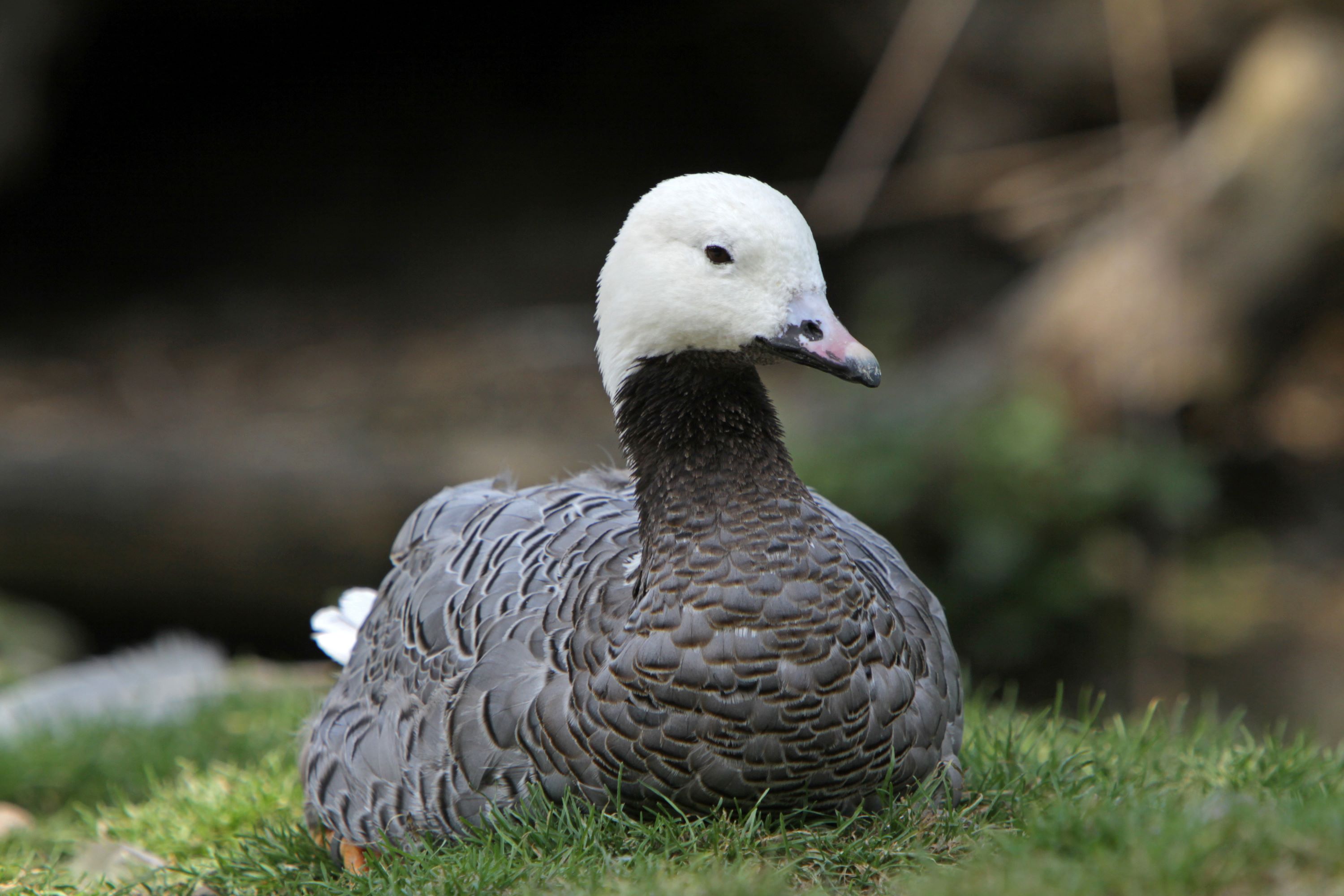
Emperor Goose
The Emperor Goose (Anser canagicus), a relatively lesser-known species within the Anser genus, is distinguished by its unique and striking appearance, featuring a predominantly slate-gray plumage patterned with fine white speckles and a distinctive white head, setting it apart from other goose species. Native to the coastal regions of Alaska and northeastern Siberia, the Emperor Goose favors habitats such as coastal marshes, lagoons, and estuaries, where it thrives on a diet primarily composed of plant matter, including grasses, sedges, and algae, along with mollusks and crustaceans, reflecting its coastal lifestyle. This species is particularly notable for its limited range and specialized habitat requirements, leading to a relatively small and concentrated population, making it highly sensitive to environmental changes and human activities. The breeding season of the Emperor Goose is characterized by nesting in small, isolated groups on coastal tundra, where they exhibit strong pair bonds and both parents participate in rearing the goslings. Outside of the breeding season, these geese form larger flocks and can be observed engaging in extensive foraging along coastlines and mudflats. The Emperor Goose, with its specialized ecological niche and striking plumage, is an important indicator species for the health of coastal ecosystems in the northern Pacific, and ongoing conservation efforts are vital for monitoring and preserving its habitat in the face of climatic and environmental challenges.
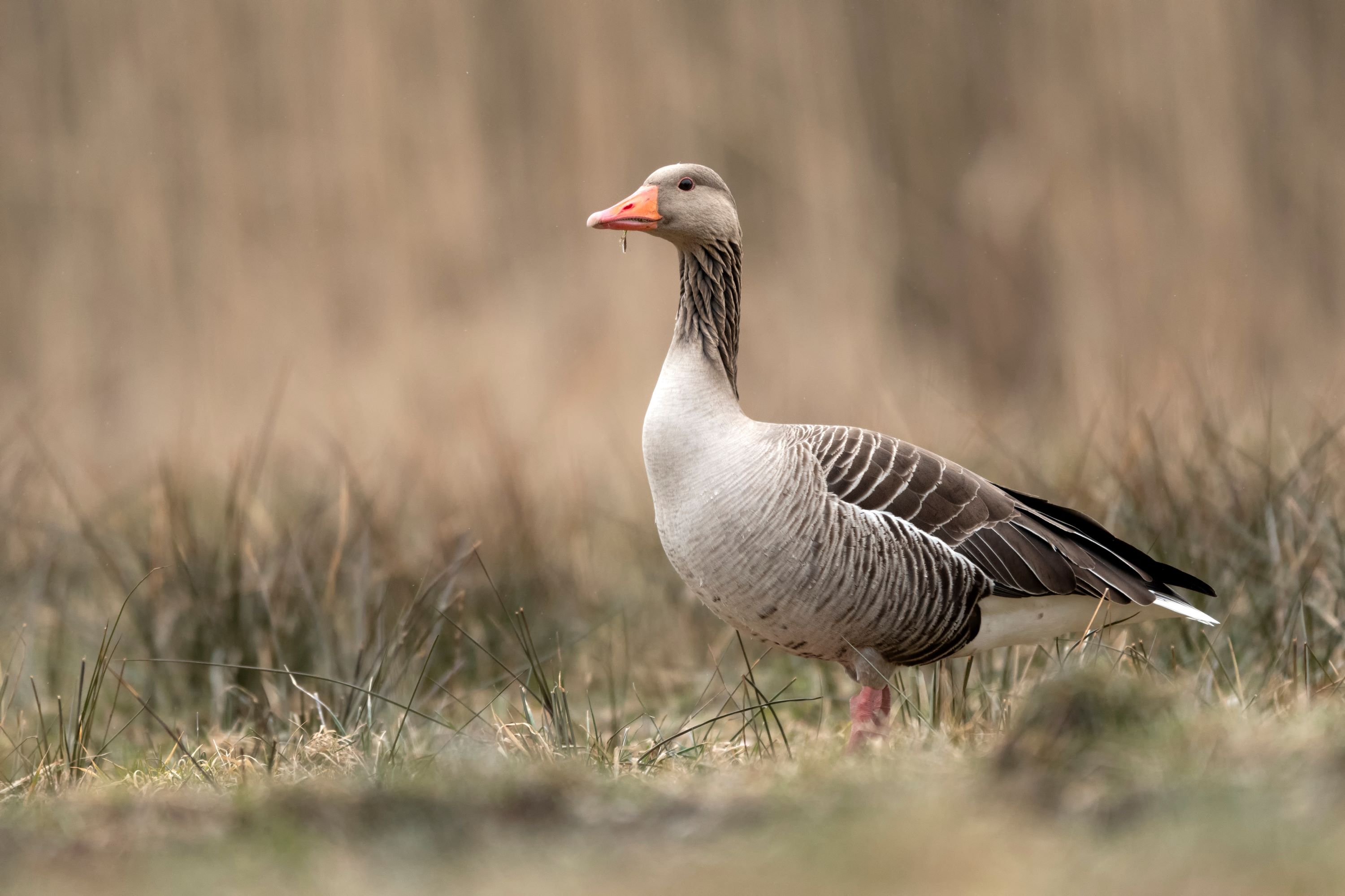
Conclusion: The Diverse Tapestry of the Anser Genus
The genus Anser, encompassing an array of geese species, showcases a fascinating spectrum of avian diversity, each member uniquely adapted to thrive in distinct environments and climates. In Utah, the presence of species like the Greater White-fronted Goose, Snow Goose, and Ross's Goose during their migratory passages enriches the state's birdwatching tapestry. The Greater White-fronted Goose, with its distinctive white facial patch and speckled belly, graces Utah's wetlands and agricultural fields, offering bird enthusiasts a glimpse into migratory behaviors and social structures of these adaptable creatures. The Snow Goose, renowned for its pristine white plumage accented by black wingtips, forms vast, captivating flocks in Utah's open spaces, a visual spectacle that underscores the state's role as a crucial waypoint in the extensive migratory journeys of these birds. The Ross's Goose, smaller and more delicate, adds a nuanced layer to the birdwatching experience in Utah, its subtle presence amidst larger flocks highlighting the diversity within migratory groups.
Conversely, other members of the Anser genus, though absent in Utah's landscapes, play significant roles in the broader ecological narrative of waterfowl. Species like the Greylag Goose, the progenitor of most domesticated goose breeds, and the Bean Goose, with its subspecies adapted to varying northern habitats, demonstrate the wide-ranging ecological adaptability and resilience inherent in the genus. The migratory patterns, breeding behaviors, and dietary preferences of these geese paint a complex picture of ecological interdependence and biodiversity.
For the birdwatching community in Utah, understanding the nuances of the Anser genus is not merely an exercise in species identification; it's an exploration into the intricate web of migratory routes, environmental adaptations, and the global interconnectedness of avian species. The periodic visits of Anser geese to Utah's landscapes offer a window into the dynamic and ever-changing world of bird migration, emphasizing the need for conservation and habitat protection across migratory corridors. Through observing and appreciating these geese, both local and distant, birdwatchers in Utah connect with a larger, global story of avian diversity, survival, and the remarkable adaptability of nature's winged travelers.